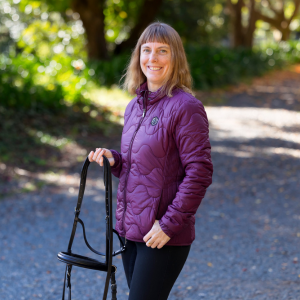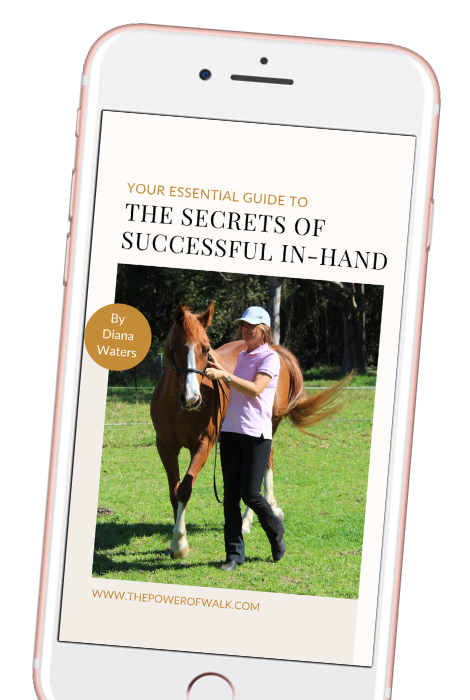
Poll the highest point: working with physics
Why is it important that the poll is the highest point?Imagine a triangle with the apex below the horse’s gullet. This apex is free to widen or narrow. The two sides follow the bottom of the jawline and the front of the horse’s neck (Photo A)As the horse collects, the apex becomes higher, the angle closes a little as the sides of the triangle become steeper. This is because the poll lifts as the haunches lower, and the body comes in closer to the head as the hinds come further under the body. Both sides of the triangle should move in closer by equal amounts so that the base is still level (Photo B )However, if the head becomes closer to the body without the poll lifting, the triangle begins to tip (Photo C). The horse’s weight also tips towards the lower corner of the triangle, and the horse falls on their forehand. With the nose still in, the triangle is no longer balanced. The horse has to use backward forces to hold the nose back in place, instead of everything hanging in balance as it should beneath the top point, the poll.As the horse lowers the head and stretches, the apex of the triangle needs to widen so that the base of the triangle remains flat. This means that as the horse lowers the poll, the nose must come out, (Photo D). If the nose isn't allowed to extend, the triangle will tip (photo E).If the poll lowers below the wither, the nose cannot come out enough to prevent the triangle tipping, so again the horse’s weight falls towards the front corner of the base and the horse is on the forehand, with backward forces needed to prevent the horse stumbling or falling on their face (Photo F).Long and low sustained for any period of time in trot or canter is only beneficial to the horse if the poll is level with or above the wither. Otherwise there are too many backward and downward forces at play causing wear and tension.Releasing the reins momentarily and allowing a few strides of stretch without managing height of poll, as in photo F, is perfectly fine as long as it is a true release: i.e. the horse is not also being pushed forward, or worked in trot or canter for any period of time in this posture. Allowing the horse to experiment with balance is also great.. but if they stop seeking and keep their poll static below the level of the withers this indicates a problem.



